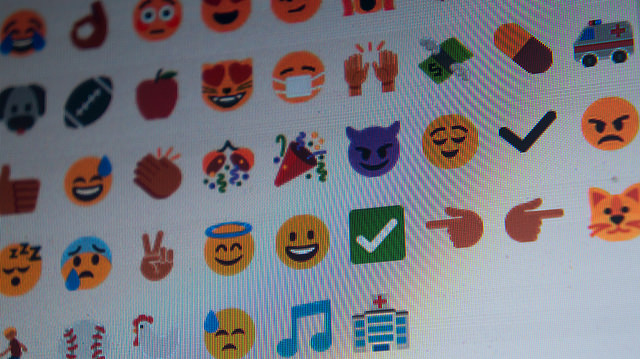By Kathryn Wolper

Courtesy of Flickr
As the popularity of ad blockers increases, advertisers must find new and creative ways to reach consumers on the platforms in which they interact the most. Recently, brands have begun designing custom emojis that are only accessible when Twitter users employ the hashtags associated with the emojis, according to the New York Times. Recent iterations of this type of advertising include the emoji form of the Beatles, which Spotify launched last year along with the hashtag #BeatlesSpotify to accompany the release of the Beatles’ entire discography on many streaming services.
The custom emoji featured the heads of John, Paul, George and Ringo. The only way Twitter users could accessorize their tweets with the faces of the Fab Four was to use the branded hashtag that mentioned Spotify.
Spotify harnessed the tendency of social media users to utilize emojis to express their interests, emotions and, in this case, enthusiasm for the arrival of the Beatles’ discography on streaming services.
Spotify wasn’t the only streaming service to bring the Beatles to its listeners, but because of its advertising campaign via Twitter, it was surely one of the most talked about.
Branded emojis are not lost in a sea of emoji speak. Twitter users recognize the standard emojis that are part of their keyboards and notice when a tweet contains a special emoji. Even if the brand that the emoji is advertising is not immediately recognizable, the difference leads users to look for more context clues that might indicate the occasion for the special emojis.
That users recognize emojis and deviations from the standard set of emojis is indicative of the emergence of emoji as a viable advertising and marketing language. The symbols engage consumers in innovative ways and allow them to engage with brands creatively.
In their everyday encounters, emoji users utilize the symbols to convey innuendo, emotional reactions or coded language. If advertisers can latch onto this nuanced use of language the way many users have, they will be able to create a dialogue that is meaningful in terms of advertising and brand recognition.
Brands like Taco Bell and Domino’s Pizza have already harnessed the loyalty of their customers through emoji campaigns, while other companies’ attempts have fallen flat, according to a New York Times opinion article that suggested and implied the idea.
If a brand’s use of emojis seems inauthentic or forced, users, especially younger ones, will not respond well to the attempts. As social media becomes more nuanced, so too must advertisers’ engagements on social media platforms if they wish to keep up with consumers.
